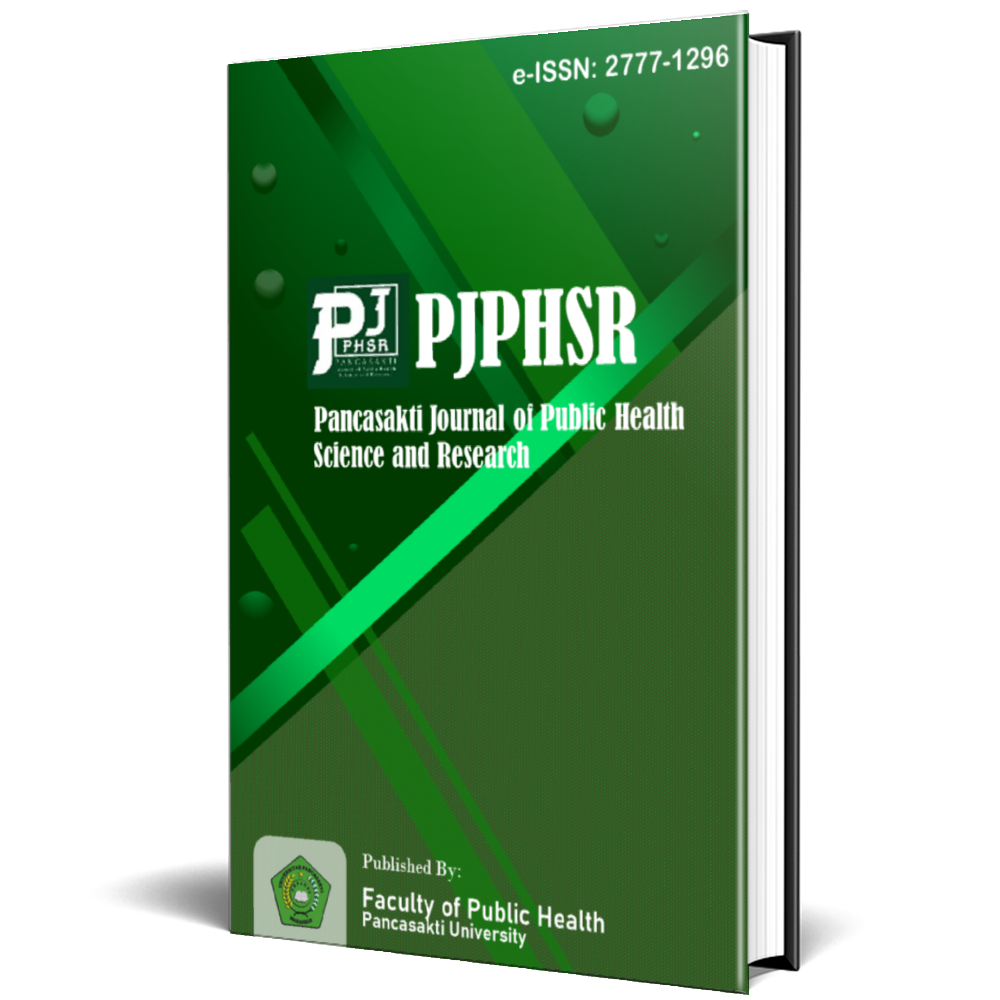Forensic Investigation of Sudden Death in Public Places: Implications for Public Health Policy
Abstract
Sudden death in public places poses a critical public health challenge with broad societal and policy implications. This review examined the role of forensic investigations in understanding sudden death and their relevance to public health policy. A systematic review was conducted following PRISMA 2020 guidelines, searching PubMed, Scopus, ScienceDirect, Google Scholar, and SINTA for studies published between 2014 and 2024. Of 96 identified articles, 15 met the inclusion criteria. Cardiovascular disease—particularly coronary atherosclerosis, myocardial infarction, and arrhythmias—was the leading cause, mostly in middle-aged men. While conventional autopsy remains the gold standard, molecular autopsy has expanded the ability to detect genetic factors in unexplained deaths. Forensic findings contribute to health strategies such as cardiovascular screening, genetic counseling, and improved emergency response systems. Strengthening forensic capacity and integrating medicolegal data into health surveillance are essential for reducing the burden of sudden death and advancing evidence-based policy.
References
Cunningham, T., O’Connell, B., & Brunsdon, T. (2022). Forensic capacity and integration challenges: Implications for public health. Journal of Forensic Sciences, 64(1), e12345.
Corrado, D., Basso, C., & Thiene, G. (2019). Sudden cardiac death in athletes: Lessons from pathology. European Heart Journal, 40(1), 12–18.
Chen, F., et al. (2020). Epidemiology of sudden cardiac death in urban China: Public health implications. Chinese Journal of Cardiology, 48(5), 385–392.
Lynge, T. H., Risgaard, B., Banner, J., & et al. (2024). Nationwide study of out-of-hospital cardiac arrest in Denmark: Genetic and forensic perspectives. European Heart Journal, 45(7), 812–820.
Martínez-Barrios, E., Blanco-Verea, A., Pardo-Seco, J., & et al. (2023). Molecular autopsy in sudden unexplained death: Genetic analysis and clinical impact. Forensic Science International: Genetics, 64, 102805.
Nugraha, A. P., Sari, D., & Widodo, A. (2021). Histopathological patterns of sudden cardiac death in Indonesia: A forensic study. Indonesian Journal of Forensic Medicine, 12(2), 45–52.
Papadakis, M., Sharma, S., et al. (2018). Genetic basis of sudden unexplained death in young individuals: Clinical and policy perspectives. Heart, 104(1), 27–35.
Prieto-Botella, D., et al. (2020). Next-generation sequencing in molecular autopsy: Impact on forensic practice. Forensic Science International: Genetics, 45, 102207.
Rizzo, M., et al. (2019). Cultural attitudes toward autopsy: Barriers and strategies for improvement. Journal of Forensic and Legal Medicine, 64, 45–51.
Sessa, F., Salerno, M., di Mizio, G., & et al. (2021). Sudden cardiac death: Epidemiology and forensic issues. International Journal of Legal Medicine, 135(2), 565–577.
Tri Artanti, D., Wulandari, R., & Pratama, G. (2024). Sudden death cases in public spaces: An epidemiological review in Indonesia. Promotif Preventif: Public Health Journal, 5(1), 22–30.
Warner, M., Paulozzi, L. J., Nolte, K. B., & et al. (2017). State variation in certifying manner of death and its implications for forensic data. Academic Forensic Pathology, 7(1), 15–23.
Wulandari, R., et al. (2023). Barriers to medicolegal investigations in Indonesia: A qualitative study. Indonesian Journal of Health Policy, 9(2), 100–110.
Copyright (c) 2025 Muhamad Khoiri

This work is licensed under a Creative Commons Attribution-NonCommercial-ShareAlike 4.0 International License.








